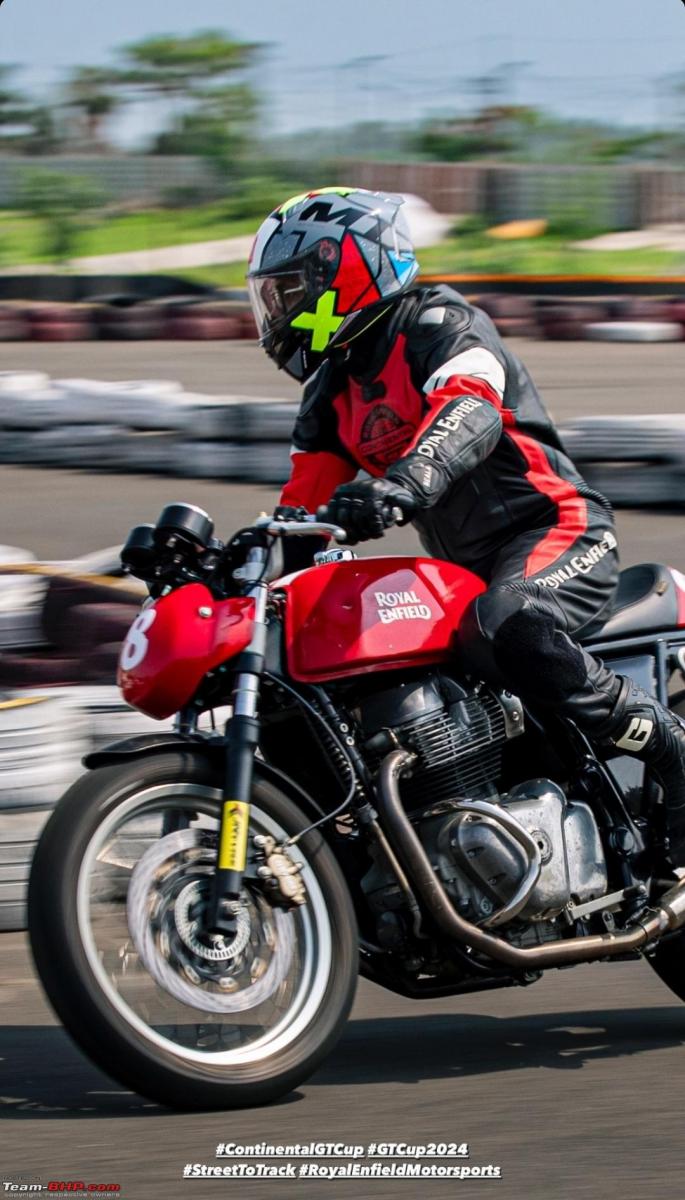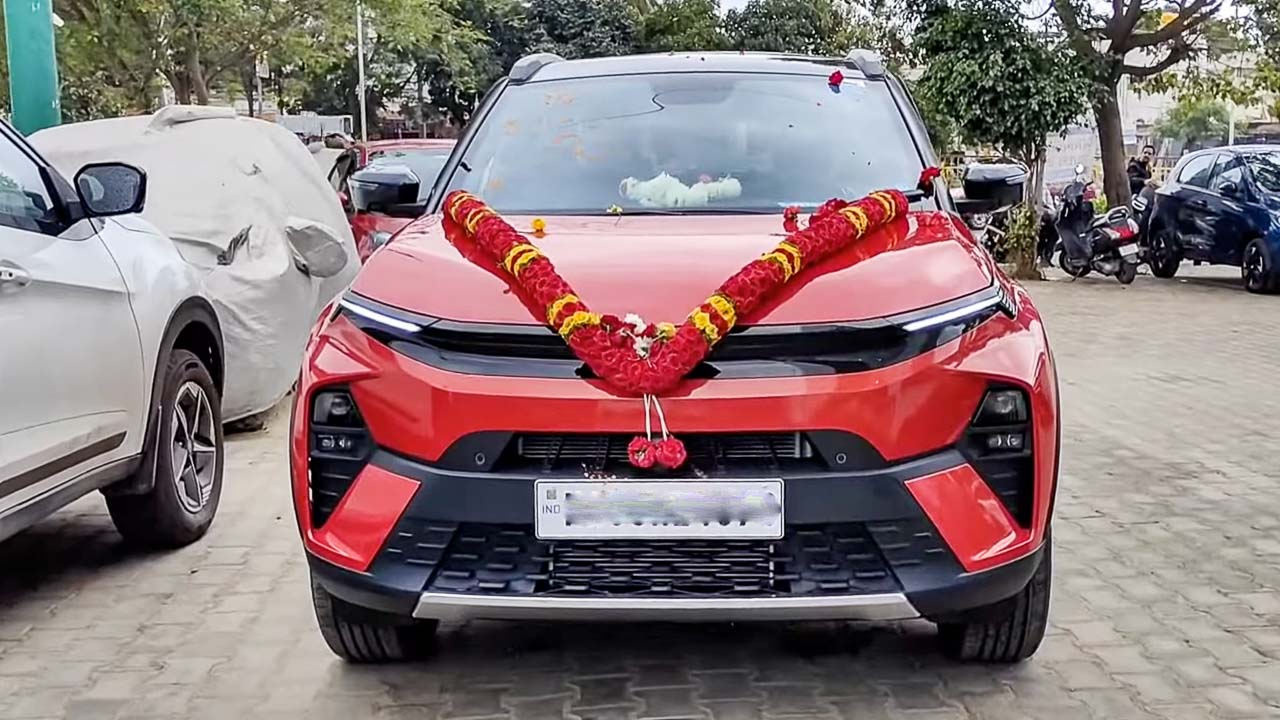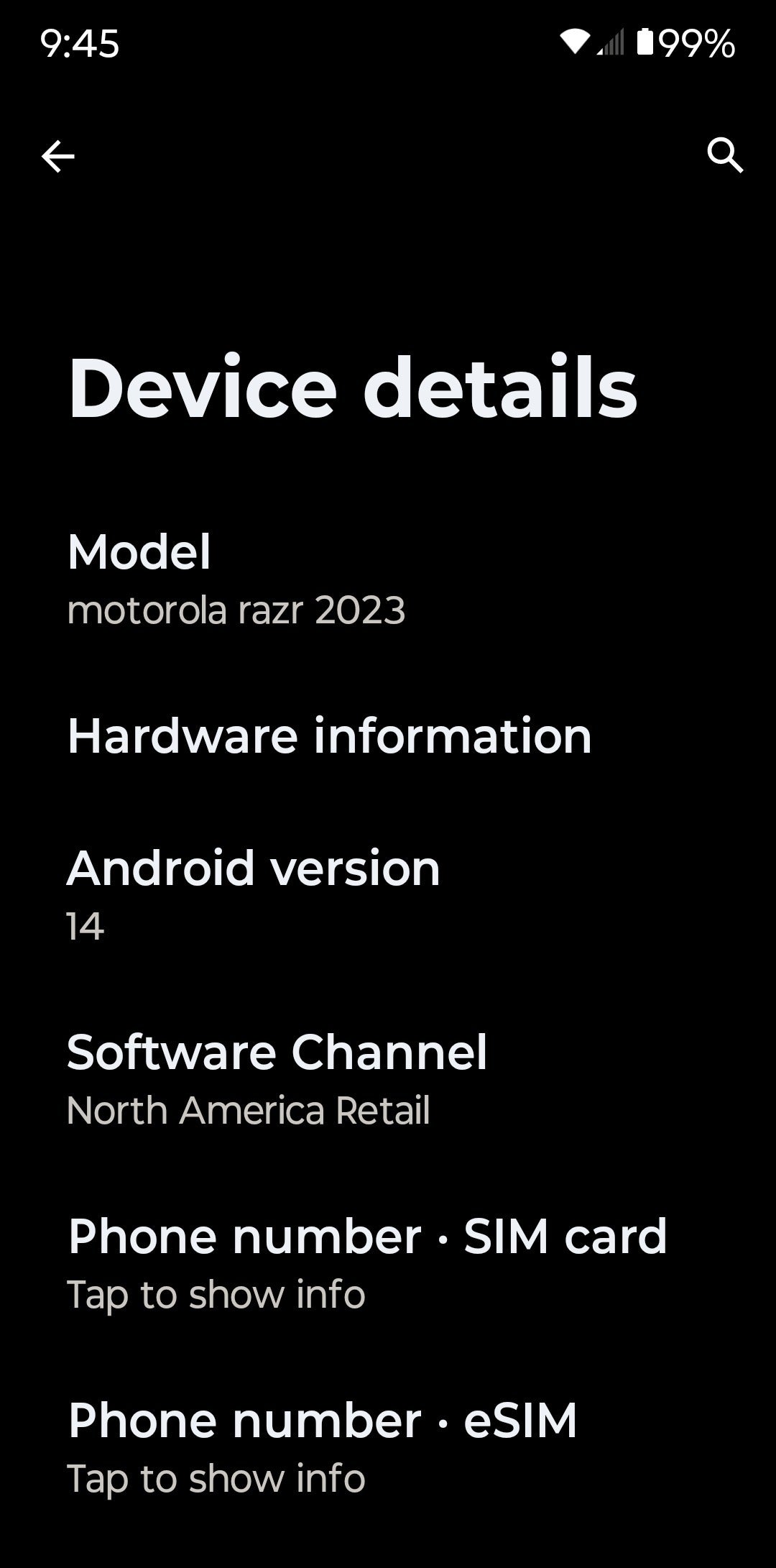
I have clocked 40,000 km on the SUV’s odo on its stock tyres – 245/65/R17 – and now it is time for an upgrade.
BHPian unpopulrxplorer recently shared this with other enthusiasts.
Hello BHPians,
I have completed 40K km on my Scorpio N 4xplore MT (stock tyres – 245 65 R17) and it is now time to upgrade the tyres. I live in NCR and frequently visit mountains, 80% of usage is on highways and 20% off-road trails.
I have finalized my search and below are the top picks.
Maxxis Razr 811/Bravo 980/Bravo 771:
- This is at the top of the list as it is available in 255 65 R 17 (nearly stock and my snow chains will fit). On paper, the Razr 811 is a perfect tyre, however, I haven’t seen any reviews. Bravo 980 is a good name in the AT tyres and I have seen positive reviews.
- Need help to find a dealer in Rohtak/Gurgaon. Should I go for Razr 811 or Bravo 980?
Michelin LTX trail or LTX force:
- We are using LTX Force in XUV500 and it is a great tyre. Perfect for highways and occasional off-roading. I am getting LTX trail for 15K.
- Is LTX Force disconnected?
- Only minus is size (265 55 17).
Bridgestone Dueler AT002:
- Again on XUV500 (Dueler HT). We have driven around 85K km (9 years) and these can do another 20-25K KMs.
- Only minus is size (265 55 17).
BFG K02:
- This is the best tyre as per my search but the concerns are – a) stiff sidewalls and b) size.
- Can the stiff/tough sidewalls mess with the suspension and is it available in 265 65 17?
I am not going with Yokohama G015 as my experience with Yokohama Earth1 on my Ertiga is not good. How about Ceat and Apollo AT tyres?
Looking forward to hearing your experiences.
Did further research and below are the highlights:
- Ceat Crossdrive AT 265/65/17 is the best deal: I am getting it for 10500 with a 3-year unconditional warranty against defects and cuts. Best price and best warranty terms.
- MRF Wanderer AT 265/65/17 is another option for 12500 with manufacturing defects and long life of 125000 KMs. Good price and long life.
- Yoko F015 is for 14000 and comes with a warranty. Michelin LTX trail and Bridgestone Dueler are for 15K. Michelin doesn’t come with a warranty, and I am not sure about Bridgestone. Premium brand tag, known for performance. I am still not considering Yoko G015.
- Maxxis Brave 980 are not available in the size I need. I managed to find a 2020 manufactured Maxxis Bravo 771 255/65/17 and the price is best of all the options I have explored so far.
I am inclined towards Bravo 771:
- I am getting the right size that I need.
- It is on a light off-road tyre so it will be comfortable on the highways compared to Maxxis 980.
- If compared to Michelin or Bridgestone. The price difference is huge.
- 8 maxxis 771 = 5 Michelin
The question is, “Should I go for a 2020 manufactured tyre?”
Here’s what BHPian gaurvr had to say about the matter:
Tyres are mainly divided into two categories based on ply direction. Cross-ply and radial ply. If you want to go fully off-roading then cross-ply tyres are suitable but they do not provide a comfortable ride and can stress the suspension system if that is not robust.
Most of the tyres you will get nowadays for private cars/SUVs are radial ply. When upgrading tyres, there is a compromise between different parameters: a soft rubber tyre will give comfort and silence on the road with faster wear which you get in luxury car tyres. A hard rubber tyre will not provide much comfort but will be durable (mostly found in taxis). Tyre with a wider size will give better traction and braking but it will be more prone to punctures if optimum air pressure is not maintained. It will also make a drop in mileage.
A tyre with a narrow width will give better mileage, and will be quick in acceleration but will lose in traction and safety. A tyre with more wall height will give extra translational speed in the same tyre rotation and provide a better suspension buffer but it will increase the body roll of the vehicle at high speed. A tyre with a lower wall height will be better for fast cornering and street racing-type manoeuvres. After the size decision, the next thing is the rating of tyre. You need to check the speed rating, wet brake rating and fuel efficiency rating of the car. After that comes the tread types which decide whether the tyre is made for highways, mountain/tough terrains, or mixed drive which can be found on the tyre manufacturer datasheet. But you can identify the tyre tread with one simple look. Tyres which have large patches of rubber with thick gutter lines are specially made for rough terrains.
Tyres which have patches mixed with large patches on the sides and small patches at the center or vice-versa are for mixed purposes (highway and off-road). Tyres that have fine patches of rubber. Check the attached image. If all the tyres are of the same size and same rating then the service and quality of tyre company matters. Because companies decide the carbon content in butyl rubber of tyres and depending on this carbon content quantity and quality of base rubber, you will get the best compromise in different parameters related to tyres.
Here’s what BHPian Bagheera had to say about the matter:
Earth 1 is Yokohama’s budget tyres for Indian road conditions optimized for long life. It might be unwise to base your experience on that. I’m not aware of AT tyres, but from what I have heard, their S drives and Advan Sport are well-regarded.
Absolutely no for old tyres. Tyre rubber gets hard as they are exposed to light and oxygen. In my recent tyre-buying experience, the salesman advocated that the tyre degrades only if the tyre is filled with air. But that’s not correct. As tyres age, they get hard, their grip drastically decreases and get more prone to puncture. Even if your usage is high to use up the tyre in a year. I wouldn’t recommend it as you mentioned you will be using it on off-road trails where the risk of puncture is high.
Here’s what BHPian Dodge_Viper had to say about the matter:
Are you on rims or alloys? Either way, moving from 245/65/R17 to 265/65/R17 gives a circumference difference of more than 3% which is not ideal. At least as per the tyre upsize calculator:
If it’s not recommended then won’t it affect the dynamics? Already there are cases related to suspension. Mahindra will not hesitate to outright deny warranty on odd tyre sizes installed.
Here’s what BHPian Comrade had to say about the matter:
On Isuzu MU-X, I have geolander A/T G015 for 40k kms (265/60R18) and they are a huge upgrade over factory-provided Bridgestone Dueler H/T D684 (255/60R18). With G015, the ride quality, braking and grip levels improved. Also, it seems like G015 will last longer than Bridgestone, which only lasted 50k. I travel a lot to construction sites and I didn’t face even one puncture in these 40k kms with G015 whereas Bridgestone used to have regular punctures (every week or so). I would again go for G015 when it’s time for replacement.
Check out BHPian comments for more insights and information.








